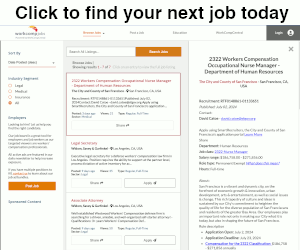Paduda: OSHA's Heat Rule Is Out
Friday, July 5, 2024 | 0
The Occupational Safety and Health Administration's long-awaited proposed heat rule is out.

Joe Paduda
There are two heat index thresholds: one at 80 degrees and one at 90 degrees based on temperatures in the shade (as we all know, it can be a LOT hotter in direct sunlight.)
At 80 degrees, employers would be required to:
- Provide drinking water.
- Provide break areas that workers can use as needed.
- Have a plan for new and returning workers to adjust to the heat by gradually increasing their workload.
At 90 degrees, employers would have to:
- Monitor workers for signs of heat illness.
- Provide mandatory 15-minute rest breaks every two hours.
- Check on those working alone every few hours.
- Issue a hazard alert warning workers to stay hydrated.
Workers in “sedentary” jobs, others working inside where temps are kept below 80 degrees, emergency response workers and remote employees are exempt, as are public employees including school workers.
From Bloomberg Law:
Once published in the Federal Register, the proposal will go through a public comment period and further White House review before it’s finalized — a process that could continue into 2025.
The timing is fortuitous. At least 45 million of us will live with temps at or above 100 degrees this week, including thousands of workers in California’s Central Valley and eastern Louisiana.
The Environmental Protection Agency will release a report indicating that the heat wave season is a month and a half longer today than it was in the 1960s, and the average heat wave is a third longer.
What does this mean for you?
More workers are dying of heat-related causes than ever, human-caused climate change is speeding up, and injury totals climb along with temperatures.
Joseph Paduda is the principal of Health Strategy Associates, a consulting firm focused on improving medical management programs in workers’ compensation. This column is republished with his permission from his Managed Care Matters blog.




Comments